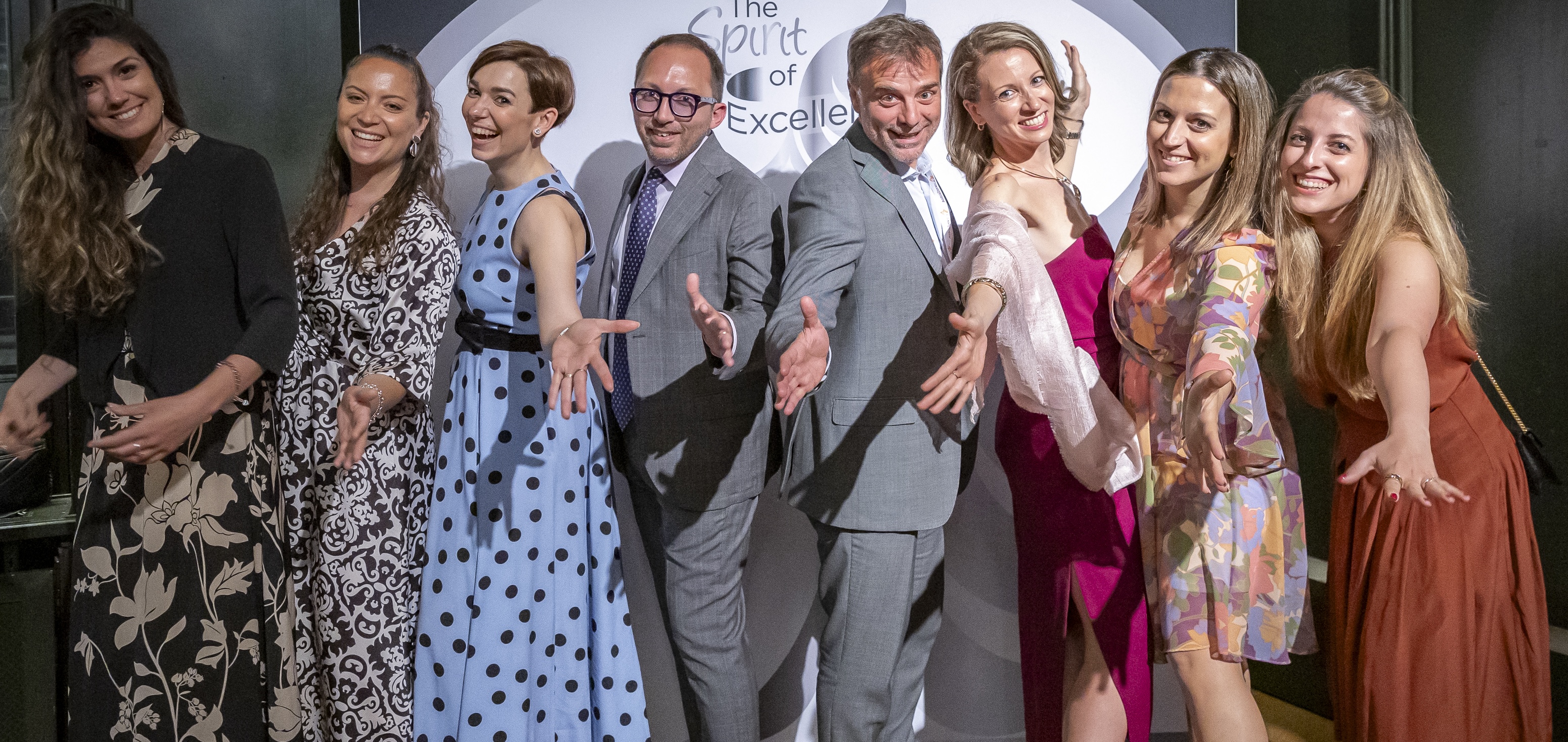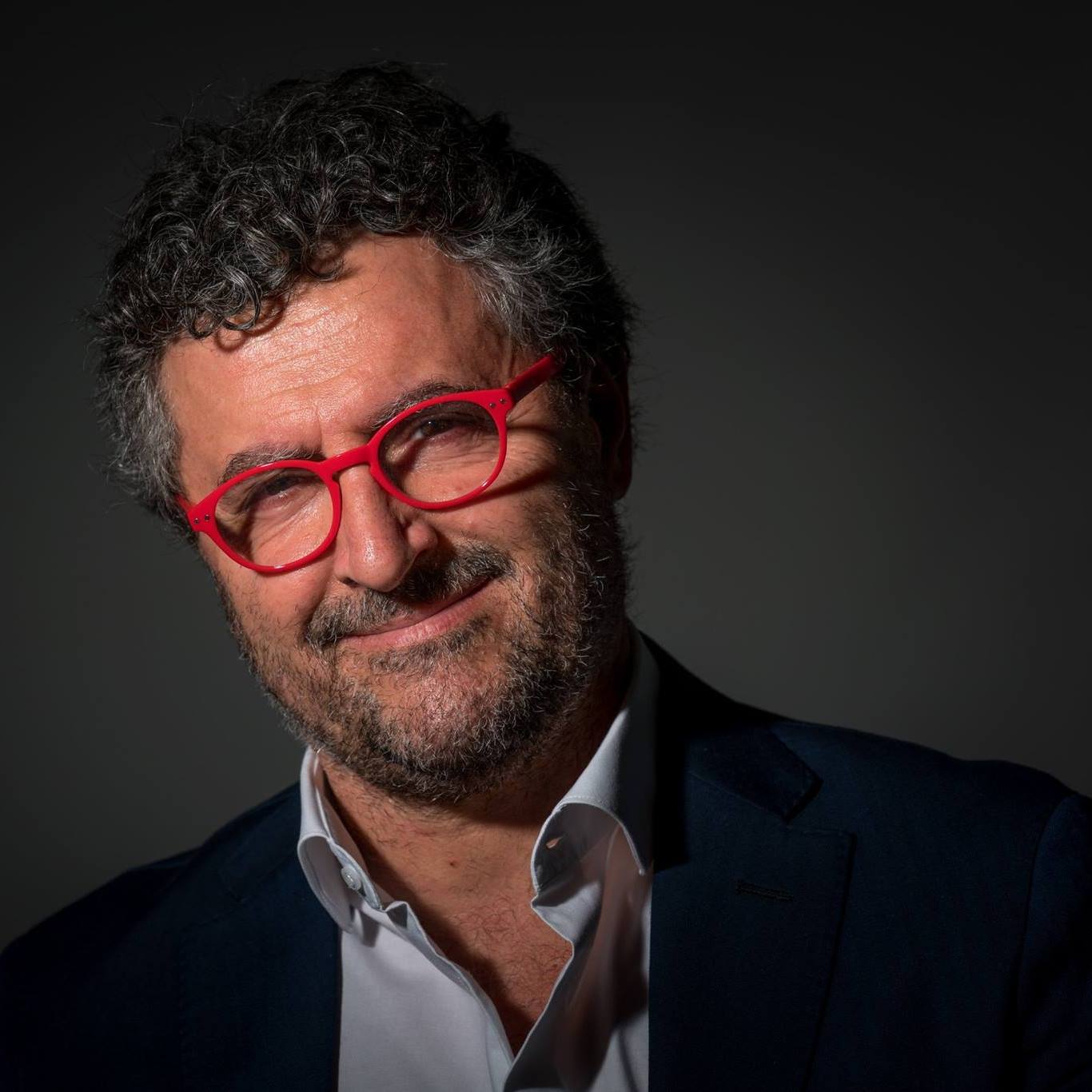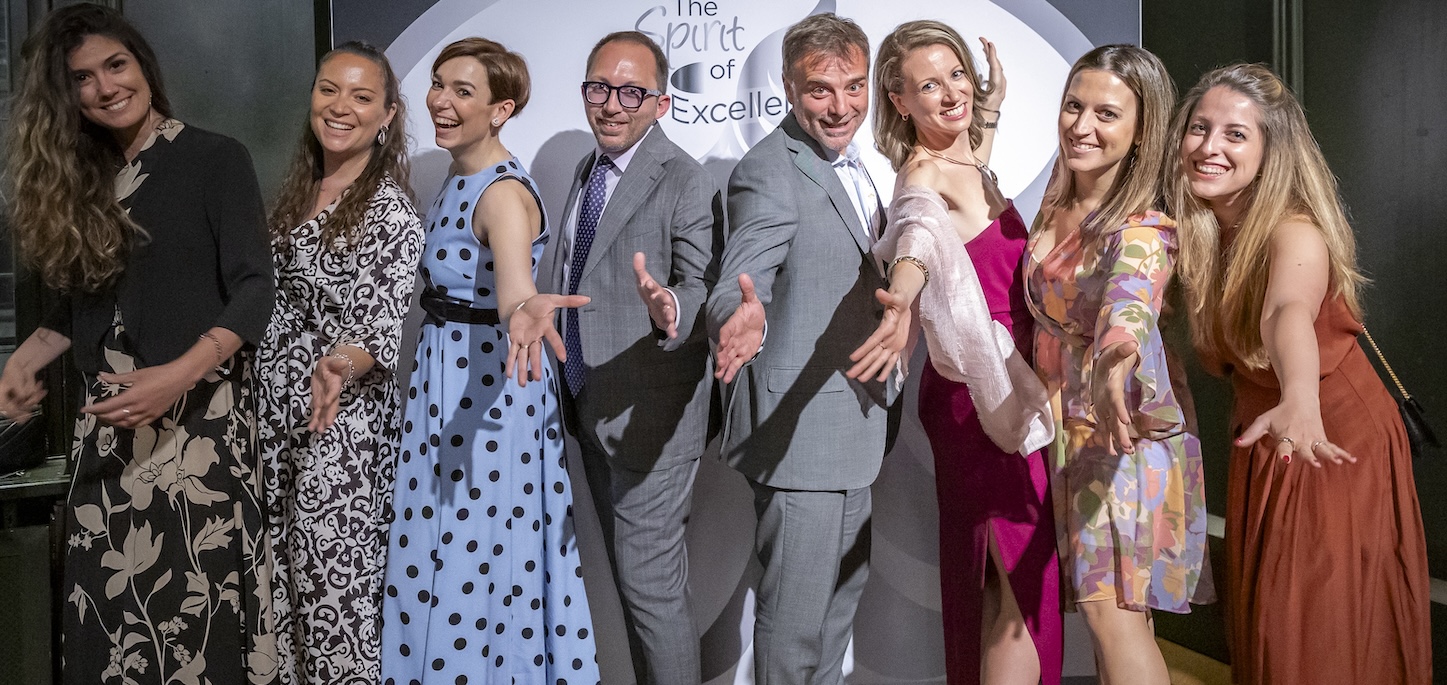
Paolo Candelaresi was just three years old when Metallica recorded their first album featuring the loud and thrashy “Motorbreath”, a song about living in the fast lane. Forty years on he invokes its urgency and intensity to explain why he is an emergency neurologist.
If your heavy metal recall is a little rusty, here are the opening lyrics.
Living and dying, laughing and crying
Once you have seen it, you’ll never be the same
Life in the fast lane is just how it seems . . .
Now imagine it played at a blistering 174 beats per minute and you get the idea.
At 43, Dr Candelaresi falls between two generations of stroke neurologists – those that have tended to view new treatment options with skepticism, and a younger cohort that approaches vascular neurology with enthusiasm and an interventionist mindset.
Which generation he would align himself with, was decided 14 years ago during a two-month internship at Helsinki University Hospital, famous for building the most efficient acute stroke chain of recovery in the world.
As a medical student in Naples, Paolo had gravitated to neurology and then to stroke. Metallica did the rest. The determination that life was to be lived at full speed or nothing marked him out for the split-second decision- making and urgent intervention in acute events such as stroke. But until the invitation to Helsinki (which followed his attendance at the ESO Stroke Summer School in Warsaw earlier in 2010), he had never witnessed an acute stroke treatment.
He had been an assiduous student of stroke, poring over papers whose publication dates he knew by heart, but it wasn’t until Helsinki that he experienced his first 20 seconds of insane courage.
Twenty seconds of insane courage is an often quoted line from the Matt Damon movie We Bought A Zoo to nudge people towards acting without fear. But in the context of treating acute stroke, this jolt of bravery can mean the difference between living and dying, laughing and crying.
“Those seconds in which you decide to treat the patient are a one-way street,” Paolo says. “You cannot get back. If you are right, the patient will improve. If you are wrong, there won’t be a good outcome.”
Helsinki was a critical point in Paolo’s career. When his internship ended, his search began for a hospital where he could implement the Helsinki model and put his own stamp on it.
Because once you have seen it, you’ll never be the same.

Three generations
Dr Antonio de Mase is a young vascular neurologist for whom 20 seconds of insane courage is the space between thinking and acting. He became a doctor because he liked the idea and what he had seen in the movies. He chose neurology because it gave him the option of choosing the kind of life he wanted, whether working in emergency or focusing on diagnostics and research. He would make the same choice again.
The 34-year-old dad-to-be joined Hospital Antonio Cardarelli (HAC) in 2022 because it was exactly the kind of hospital he was looking for – a busy, well-organized hospital that is always pushing towards improvement.
The largest hospital in Southern Italy, HAC is one of Italy’s main stroke centers and winner of seven consecutive ESO Angels diamond awards.
When Paolo Candelaresi first arrived here in 2017, he had been looking for some time for a hospital where he could replicate what he had learnt in Helsinki in 2010. At HAC he found a doctor who defied the expectations of his own generation.
Dr Vincenzo Andreone (62) had introduced stroke education at HAC as early as the nineties. He’d developed the first stroke pathway at the hospital and performed the first pioneering thrombolytic treatments, facing down the skepticism of peers who resisted the idea of neurology as a discipline connected with emergency situations. Most importantly, Vincenzo believed in the younger generation of doctors like Paolo and the potential for turning HAC into a modern centre for vascular neurology where most patients could undergo the best possible comprehensive treatments.

Change moves into the fast lane
In 2021, when Vincenzo became Director of Neurology and Stroke Unit at HAC, change moved into the fast lane. Crucially, their participation in the quality monitoring initiative MonitorISA helped them analyze their performance and target areas for improvement. Vincenzo and Paolo collaborated on a new stroke pathway that adopted treating at CT as a priority action, bringing the Helsinki model to the biggest hospital in Southern Italy. And with that the revolution was complete. The hospital won its first ESO Angels Award in the last quarter of 2021 and has been reeling in diamonds ever since.
The protocol change reduced their median DNT to 42 minutes. Research they presented at ESOC 2023 showed that patients treated at CT showed a greater early neurological improvement, at two hours, 24 hours and at discharge, and had significantly higher chances of excellent outcome (60.1% vs 42.8%) at three months.
It can be difficult to combine clinical practice and research in a large, overcrowded hospital where the stroke team treats and collects data for 1,000 patients per year. The HAC team are nevertheless participants in major studies including PRECIOUS, TICH 3 and ESCAPE-NEXT, and their capacity for research has been significantly boosted by the brilliant minds of dedicated young neurologists and the supervision of an experienced guide like Vincenzo, Paolo says.
HAC is still the hospital Antonio de Mase was looking for in 2022. It satisfies his “craving for growing, taking on more complex challenges, doing more trials and research, learning and being connected to people with ideas”. It’s not yet time for the next step.
“The key is not to overthink it,” he says of those 20-second bursts of bravery that will give a stranger a second chance at life.
“You always have to be present. It’s not about doing something new or different, you have to follow the protocol, act and not think too much. Every time, your last thrombolysis was your last moment of insane courage.”



